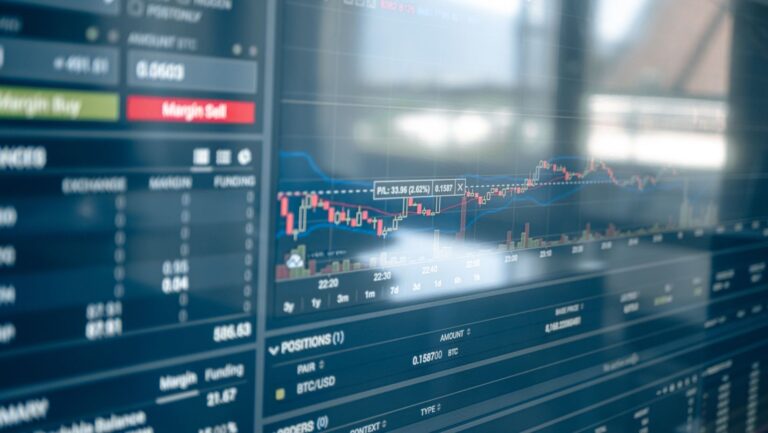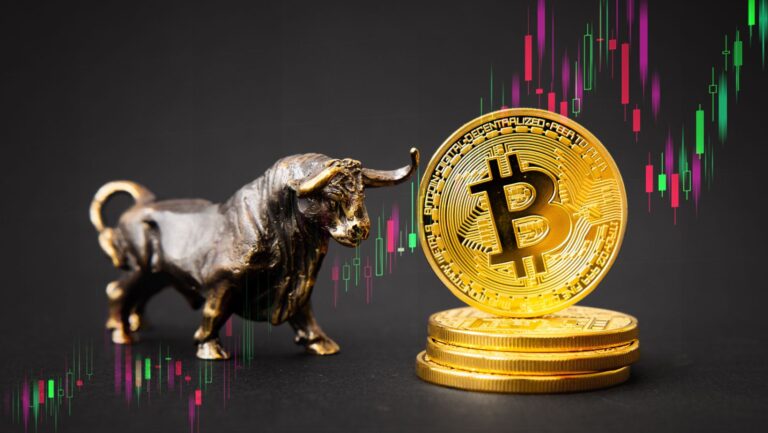When it comes to the world of cryptocurrency, market capitalization is often one of the first things that people look at. In short, market cap is a measure of the estimated value of all the coins in circulation. It’s calculated by multiplying the total supply of a coin by its current price.
For example, let’s say there are 10 million units of a particular cryptocurrency in circulation, and each unit is currently worth $100. The market capitalization would be $1 billion (10 million x $100).
Why is market cap important?
There are a few reasons why market cap is such an important metric in the cryptocurrency world.
First, it’s a good way to quickly assess the value of a particular coin. If you’re looking at two coins and one has a much higher market cap than the other, it’s usually a good sign that the first coin is more valuable.
Second, market cap can be used as a tool to help identify potential investment opportunities. For example, if there’s a new coin on the market that has a very low market cap, it could be worth investigating further.
Third, market cap can help you avoid potential scams. If someone is trying to sell you a coin with an artificially high market cap (i.e. they’ve created millions of fake coins), it’s a good idea to stay away.
In short, market capitalization is a helpful metric that can be used to assess the value of a particular cryptocurrency. However, it’s important to remember that market cap is just one factor to consider when making investment decisions.
what is market cap in crypto
Market capitalization is one of the most important metrics in crypto. It’s a measure of how much a cryptocurrency is worth and is calculated by multiplying the price of a coin by the circulating supply. In other words, market cap = price x circulating supply.
This metric is important because it gives you an idea of how much a cryptocurrency is worth in total. It’s also a good way to compare different cryptocurrencies because it takes into account both the price and the circulating supply.
For example, let’s say you have two coins: Coin A has a price of $1 and a circulating supply of 10 million, while Coin B has a price of $10 and a circulating supply of 1 million. Coin A has a market cap of $10 million, while Coin B has a market cap of $10 million.
However, it’s important to note that market capitalization is not a perfect metric. It doesn’t take into account the total supply of a coin, which can be different from the circulating supply. For example, a coin may have a circulating supply of 10 million but a total supply of 20 million. In this case, the market cap would be $10 million, but the actual value of the coin could be much higher. It’s also important to remember that market capitalization is based on the price of a coin, which can be volatile.
Factors that can affect market cap
There are a few factors that can affect market capitalization. First, the price of a coin can fluctuate. This means that the market cap will also fluctuate. For example, if the price of a coin goes up, the market cap will go up. If the price goes down, the market cap will go down.
Second, the circulating supply can also change. If more coins are released into circulation, the market cap will go up. If coins are taken out of circulation (for example, if they’re lost or destroyed), the market cap will go down.
Third, the total supply can also affect market capitalization. If the total supply is different from the circulating supply, the market cap will be different. For example, if the total supply is 20 million but the circulating supply is 10 million, the market cap will be $20 million.




